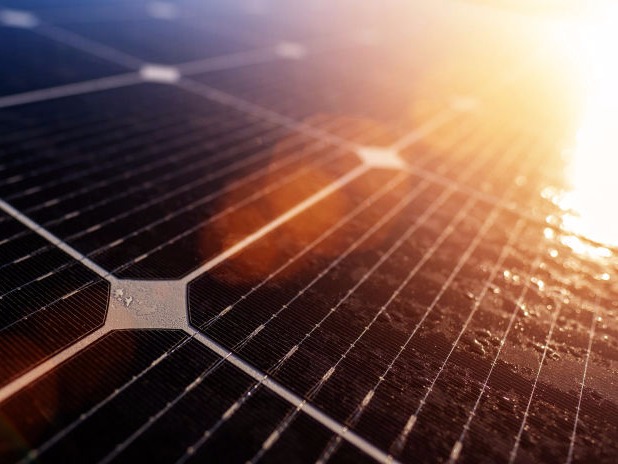Marco Pierro et al.
Regional PV power estimation and forecast to mitigate the impact of high photovoltaic penetration on electric grid
EGU 2017 Conference oral presentation

EGU 2017 Conference oral presentation

The growing photovoltaic generation results in a stochastic variability of the electric demand that could compro-mise the stability of the grid and increase the amount of energy reserve and the energy imbalance cost. On regional scale, solar power estimation and forecast is becoming essential for Distribution System Operators, TransmissionSystem Operator, energy traders, and aggregators of generation.Indeed the estimation of regional PV power can be used for PV power supervision and real time control of residual load. Mid-term PV power forecast can be employed for transmission scheduling to reduce energy imbalance and related cost of penalties, residual load tracking, trading optimization, secondary energy reserve assessment.In this context, a new upscaling method was developed and used for estimation and mid-term forecast of the photovoltaic distributed generation in a small area in the north of Italy under the control of a local DSO.The method was based on spatial clustering of the PV fleet and neural networks models that input satellite or numerical weather prediction data (centered on cluster centroids) to estimate or predict the regional solargeneration. It requires a low computational effort and very few input information should be provided by users.The power estimation model achieved a RMSE of 3% of installed capacity. Intra-day forecast (from 1 to 4 hours)obtained a RMSE of 5% - 7% while the one and two days forecast achieve to a RMSE of 7% and 7.5%.A model to estimate the forecast error and the prediction intervals was also developed.The photovoltaic production in the considered region provided the 6.9% of the electric consumption in2015. Since the PV penetration is very similar to the one observed at national level (7.9%), this is a good case study to analyse the impact of PV generation on the electric grid and the effects of PV power forecast on transmission scheduling and on secondary reserve estimation.It appears that, already with 7% of PV penetration, the distributed PV generation could have a great impact both on the DSO energy need and on the transmission scheduling capability. Indeed, for some hours of the days in summer time, the photovoltaic generation can provide from 50% to 75% of the energy that the local DSO should buy from Italian TSO to cover the electrical demand.Moreover, mid-term forecast can reduce the annual energy imbalance between the scheduled transmission and the actual one from 10% of the TSO energy supply (without considering the PV forecast) to 2%.Furthermore, it was shown that prediction intervals could be used not only to estimate the probability of a specificPV generation bid on the energy market, but also to reduce the energy reserve predicted for the next day. Two Different methods for energy reserve estimation were developed and tested. The first is based on a clear sky model while the second makes use of the PV prediction intervals with the 95% of confidence level. The latter reduces the amount of the day-ahead energy reserve of 36% with respect the clear sky method.
Condividi questa pagina sui social